RESEARCH AREA
The college of Life Science offers a wide range of research programs, whose specializations range from the organismal to the molecular level. The research areas involve Enzyme and Microbial Technology, Plant Secondary Metabolism Regulation and Utilization, Reproductive Biology and Nutritional Immunology of Aquaculture, Functional Genes of Animals, Animal Molecular Immunology, Plant Functional Protein Research, Evaluation and Utilization of Plant Resources and Plant Molecular Physiology, etc. The college of Life Science is very productive in research area, with annually average 40-50 manuscripts published in intranational/internal recognized journals.
Biochemistry and Molecular Biology
1. Enzyme and Microbial technology
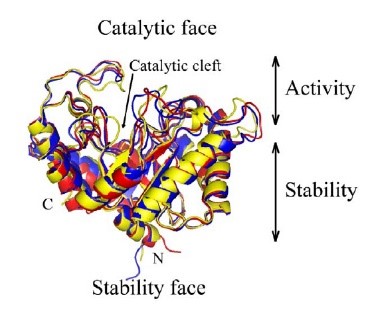
Developing the enzyme genes resources (cellulase, phytase and keratinase genes) derived from bacteria and fungi; Over-expressing these genes in microbial hosts such asEscherichi coli, Bacillus megaterium and Pichia pastoris; Investigating the relationship between enzyme structure and function by molecular evolution platform with site-directed mutagenesis & directed evolution; Optimizing the fermentation process to develop industrial enzyme products.
2.Plant Secondary Metabolism Regulation and Utilization
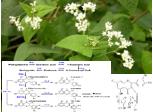
Fagopyrum tataricum, a flavonoids crop, and Conyza blinii, a Chinese traditional medicine: Isolation, purification, and functional identification of the main secondary metabolites, such as flavonoids, saponin and blinin; Characterization their biosynthesis pathway and transcriptional regulation mechanisms; Investigation secondary metabolism by “Omic” technologies (genomics, transcriptomics, proteomics and metabolomics).
Plant Science
1. Evaluation and utilization of plant resources

A large collection of economic and medicinal plant resources, established Germplasms Nersery; research on variety breeding, seedling breeding technology system, quality control, and so on.
2. chemistry of natural product in plant

Analysis of chemical constituents of medicinal plants, to optimize the extraction technology of active ingredient; research on their biological activities.
3. Plant Molecular Physiology
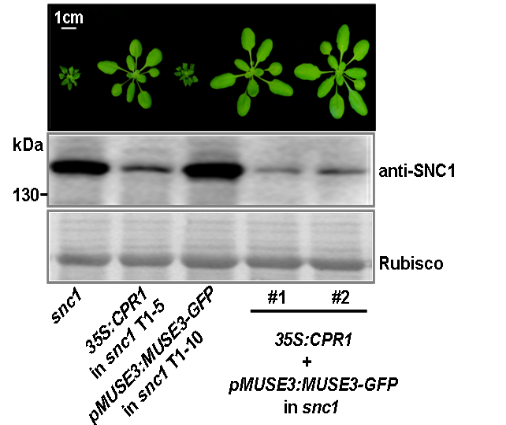
By means of plant physiology, genetics, cell biology, biochemistry and molecular biology technologies, research on Chlorophyll biosynthesis regulation, photosynthetic carbon assimilation, Legume nitrogen fixation mechanism and the molecular mechanisms of plant innate immunity.
Biophysics
1.Molecular Immunology

(1)And the effects of active ofthose vaccines in animal reproduction performance.

(2)The new vaccines against the infectious disease and new adjutants are developed for animal, and it is clarified how the vaccines impact on Th immune response, T cell activation, and TLR pathway.
2. Cytogenetics and Bioinformatics

(1)New wheat breeds with disease-resistant, stress-resistant and fine quality etc are cultivated through the distant hybridization and the chromosome engineering, which improve environmental adaptation and productivity of wheat.To prevent the major diseases in wheat, the molecular mechanisms of wheat disease-resistance is systematically researched through analysis of gene cloning, expression and functional studies.

(2)The mutation system is established by physical ray,ion beam, chemical mutagen, space-flight and biotechnology methods, and the mechanism of mutagenesis is clarified .
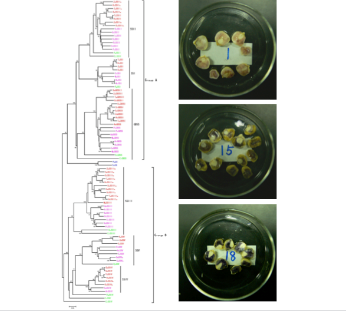
(3)The origin and evolution of endosperm starch synthesis metabolic pathways in gramineous crops is synthetically researched through bioinformatics, genomics and molecular biology, and the evolutionary origins, functions and molecular evolution characteristics of all key enzyme genes are clarified to improve crop production and quality.
3. Plant functional protein research
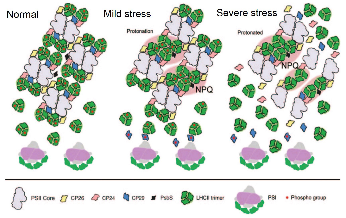
(1)Under environmental stress, the photosynthetic protein function and changes of chloroplast structure are researched by molecular biology and biochemistry to improve the plants resistance and photosynthetic efficiency.

(2)The high-through screening and identified system of the receptor-like protein kinase is built, and the protein kinase family is systematically researched through the cell biology, molecular biology, genetics, biochemistry etc.
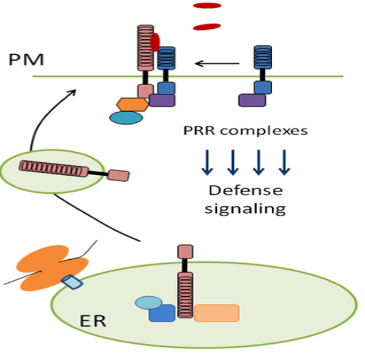
(3)The different domains of pattern recognition receptor (PRRs) kinase is researched to reveal their effects on the PAMP signal and the antibacterial ability of PRR ,and to explore functional mechanism of PRRs.
Zoology
1. Reproductive Biology and Nutritional Immunology of Aquaculture

By means of molecular markers and immune regulation technologies, improve the reproductive performance of ricefield eel and the muscle quality of loach, as well as cultivate their new varieties.
2. Functional Genes of Animals

Research on sex determination gene of Andrias davidianus; genetic diversity of H-FABP, A-FABP, ACSL4 genes and their genetic effects on pig fat traits.
3. Conservation Biology

Analysis of cervical cell snake populations, to understand its origin and evolution; analysis of genetic structure of abdominal fish populations at different altitude withcrack; study the effects of the uplift of the Qinghai Tibet Plateau on the charr fish population.
4. Animal Ecology

Study on phylogenetic relationship among different kinds of leaf weevil, the recognition mechanism between obligate parasite and host leaf weevil and their evolutionary strategy.